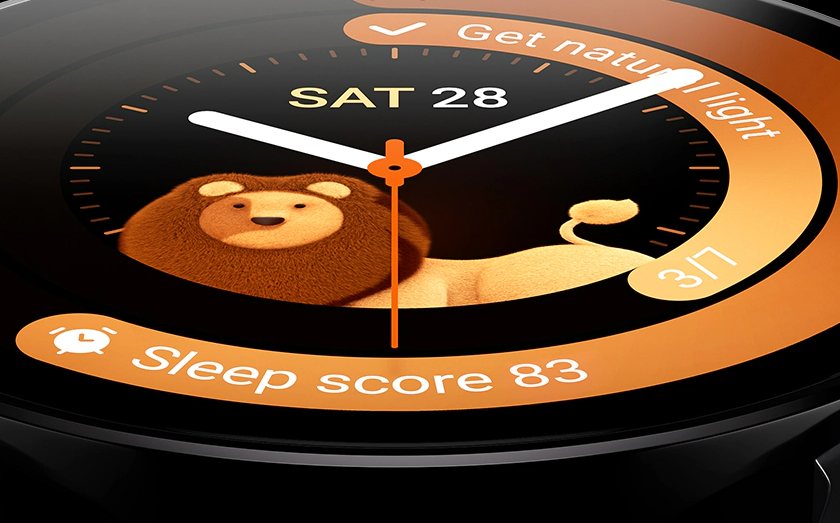Samsung Galaxy Watch Sleep Apnea Feature Receives US FDA Authorization
Samsung Electronics Co., Ltd. announced that the sleep apnea functionality
within the Samsung Health Monitor app has been granted De Novo authorization
by the United States Food and Drug Administration (FDA).
This pioneering
feature, which identifies signs of sleep apnea using compatible Samsung
Galaxy Watches and Phones, marks the first of its kind to receive FDA
approval, following its prior endorsement by South Korea’s Ministry of Food
and Drug Safety (MFDS) last October.

The sleep apnea feature empowers users aged 22 and above, who have not yet
received a sleep apnea diagnosis, to detect indications of moderate to
severe obstructive sleep apnea (OSA) during a two-night monitoring period.
OSA, a prevalent and chronic sleep disorder often undiagnosed and untreated,
leads to breathing interruptions during sleep, disrupting oxygen supply,
lowering sleep quality, and causing daytime fatigue. Untreated sleep apnea
amplifies the risk of cardiovascular ailments like hypertension, coronary
artery disease, heart failure, cardiac arrhythmias, and stroke.
According to the National Sleep Foundation (NSF), approximately 25% of men
and 10% of women in the U.S. experience OSA. The introduction of this new
feature in the Samsung Health Monitor app aims to enable more individuals to
proactively identify moderate to severe forms of OSA and seek medical
assistance to mitigate potential health complications.
Recognizing the vital role of sleep in overall health and well-being,
Samsung prioritizes three key elements for better sleep: understanding sleep
patterns, cultivating healthier habits, and fostering a sleep-friendly
environment. Good sleep is intricately linked to improved physical and
mental health, enhanced relationships, and optimized performance in daily
activities. Through its innovative approach, Samsung underscores the
significance of quality sleep in promoting holistic wellness and vitality.


